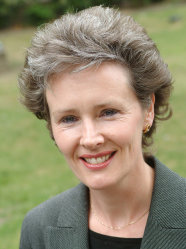BibTex format
@article{Wang:2017:10.1109/TPS.2017.2715800,
author = {Wang, W and Fu, L and Sun, J and Grimes, S and Mao, Y and Zhao, X and Song, Z},
doi = {10.1109/TPS.2017.2715800},
journal = {IEEE Transactions on Plasma Science},
pages = {2235--2242},
title = {Experimental Study of Microwave-Induced Discharge and Mechanism Analysis Based on Spectrum Acquisition},
url = {http://dx.doi.org/10.1109/TPS.2017.2715800},
volume = {45},
year = {2017}
}

